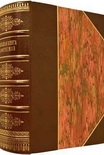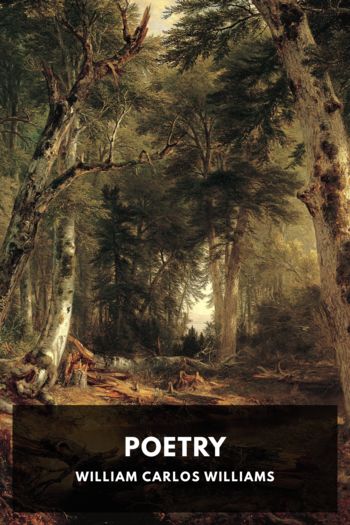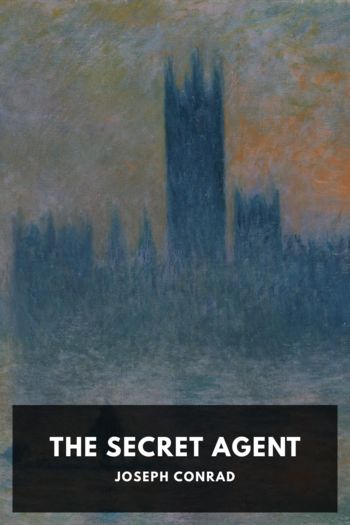Hidden History: Lost Civilizations, Secret Knowledge, and Ancient Mysteries, Brian Haughton [books you need to read .TXT] 📗

- Author: Brian Haughton
Book online «Hidden History: Lost Civilizations, Secret Knowledge, and Ancient Mysteries, Brian Haughton [books you need to read .TXT] 📗». Author Brian Haughton
Over the years, Anna MitchellHedges has toured several cities in the United States with the skull, charging an admission fee to see and touch the famous artifact. She still maintains that she and her father found the skull in Lubaatun, and claims that after the expedition F.A. Mitchell-Hedges had placed the skull with Burney as security for a loan. When her father realized that Burney was attempting to sell the crystal, he immediately bought it back.
Although to some, the MitchellHedges skull appears much more lifelike than the generally stylized art of South America, it is believed by many researchers that the skull is of Aztec
or Mayan origin, due to the importance of the skull in their iconography and known examples of Aztec rock crystal work. Although there is no evidence of the Mitchell-Hedges Skull, or any other crystal skull, having being found on a South American archaeological site, an Aztec origin seems at the moment to be the best hypothesis. The skull is thought to have been used as a speaking oracle, with the separate jaw attached to the head using wire and perhaps operated by a priest to give the impression that it was speaking. With the crystal reflecting the light of a fire lit behind it, this would have been an uncanny spectacle.
But the intriguing tale of the Skull of Doom does not end there. When the Mitchell-Hedges skull was first studied in 1936, another crystal skull, known simply as the British Museum Skull, was used alongside it for comparison. This crystal had been obtained in 1897 from Tiffany's, the New York jewelers, and was thought to be of Aztec origin. The study was made by anthropologist Dr. G.M. Morant, who found that the two skulls were dissimilar in one or two ways. For instance, the British Museum Skull was made in one piece, without a detachable jaw, and the Burney Skull (which is how the anthropologist refers to the Mitchell-Hedges Skull) was much more lifelike and finely detailed than the other. However, in the conclusion of his study of the two crystal skulls, Dr.G.M. Morant states "it is safe to conclude that they are representations of the same human skull, though one may have been copied from the other." He believed that, because it showed more anatomical detail, the Burney Skull was the earlier of the two and had been modeled on a woman's skull.
In January 2005 came the sensational news that after an extensive series of tests on the British Museum Skull, using a scanning electron microscope, a team of researchers from the British Museum concluded that the artifact was in fact manufactured in the 19th century, probably in Germany. The investigations showed markings on the crystal characteristic of jeweler's equipment not developed until the 19th century, and it is now believed that the skull was created for the French collector Eugene Boban, who subsequently sold it to Tiffany's. Boban was a dealer in antiques in Mexico City between 1860 and 1880, and seems to have obtained his skulls from somewhere in Germany. In 1992 the Smithsonian Institution received a crystal skull from an unnamed person who claimed that it was Aztec and had been purchased in Mexico City in 1960. However, research at the Smithsonian revealed that the carving had been done by a wheel, or a rotary saw, tools which no pre-Columbian carvers possessed. Researcher Jane MacLaren Walsh, of the Smithsonian,
discovered documents that proved Boban was the source of this skull. Not only this, but further research found that Boban had also provided several other supposedly ancient crystal skulls, some of which had ended up in various museums, including a skull formerly in Paris in the Musee de l'Homme, now in held in the Trocadero Museum in Paris. All of these skulls were actually manufactured in Germany between 1867 and 1886.
While the presence of 19th century fake crystal skulls does not necessarily affect the genuineness of the Skull of Doom, it does cast doubt on the supposed ancient origins of the number of untested crystal skulls that currently exist around the world, mostly in private collections. Many researchers wonder why Anna Mitchell-Hedges refuses to submit her crystal skull for scanning electron microscope testing, which, although it would not provide an exact date for the object (all crystal is ancient and there are no methods for dating it), it would surely prove whether this enigmatic masterpiece was of relatively recent manufacture, of possibly Mayan or Aztec origin, or something else entirely.
the Voynich Manuscript
Part of the Herbal section of the Voynich Manuscript.
Renowned as the world's most mysterious book, the Voynich Manuscript is a 500 year-old enigma. It is written by an anonymous author in an unintelligible language and covered in unexplained symbols and strange illustrations. The book acquired its name from Wilfred





Comments (0)